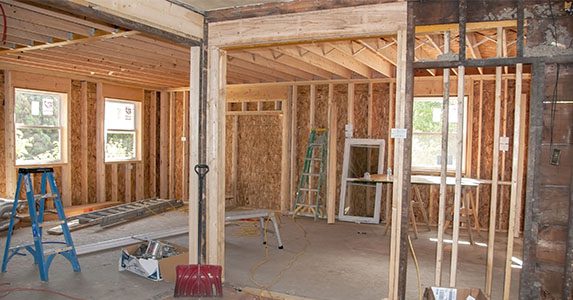Amid rising interest rates and widespread concerns about the cost of housing, one might expect the Bay Area’s real estate market to run out of steam.
Apparently, that’s not happening.
In February, the fiercest bidding on homes took place in the Bay Area, according to a new national report from Redfin, the real estate brokerage. In San Jose, 63 percent of homes sold above list price, followed by 62 percent in San Francisco and 59.1 percent in Oakland. Among all U.S. markets, those were the three highest shares of “over asking” bidding. Next in line were two markets in the state of Washington: Seattle with 49.3 percent and Tacoma with 36.3 percent.
February’s fastest-moving markets were, in order, Seattle (with about half of all homes pending sale within 12 days of being listed); Oakland (where homes typically spent 15 days on market); Denver (18 days on market); San Jose (21 days); and San Francisco (28 days).
Still, industry observers point to an underlying problem: The housing supply is low in much of the country, and that doesn’t make for a healthy market in the long term.
Nationally, the number of homes for sale declined 12.9 percent in February on a year-over-year basis. It was the third consecutive month of double-digit drops in inventory, Redfin reported.
The number of homes for sale fell year-over-year by 12 percent in Oakland, by 5.3 percent in San Francisco, and by 2.0 percent in San Jose. (Sacramento inventory practically fell off a cliff — down 25.4 percent from a year earlier.)
With “low-tier” affordable homes in particularly short supply around the nation, first-time homebuyers are struggling to get a foot in the door. That’s because, with inventory at such low levels, competition persists: Those buyers who remain in the game keep putting upward pressure on prices.
Taking all of this under consideration, Nela Richardson, Redfin’s chief economist, painted a half-rosy picture of the current market.
“The total level of home equity reached a new peak at the close of 2016, according to recent Fed data,” Richardson said. “While great for homeowners, continuously strong price growth across the U.S. since 2012 has posed significant challenges for first-time buyers, especially given such low supply in affordable price-tiers.”
But she pointed to a silver lining: “Rising prices and increased equity may tip the scales for homeowners who have been delaying their decision to move up,” she said, “which could add much-needed starter-home inventory to the market.”


